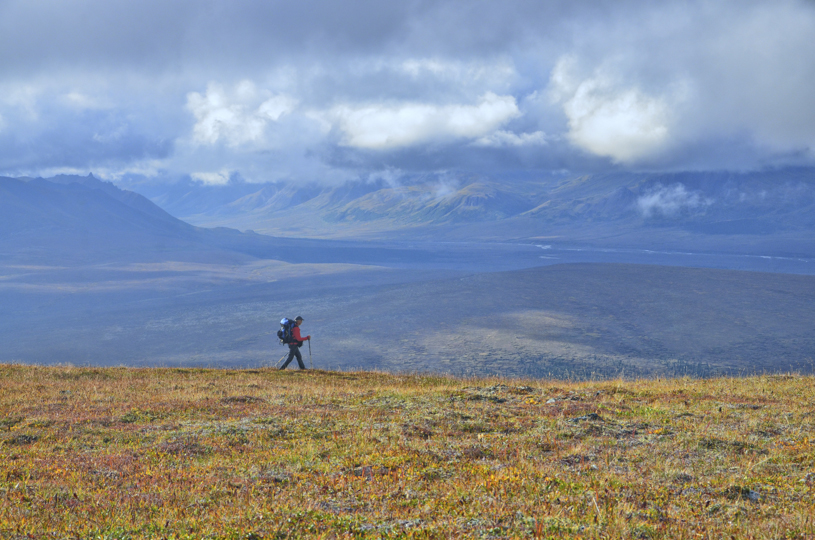 Wood frogs are a kind of amphibian, so like all amphibians, have a backbone, are cold-blooded and have an aquatic gill-breathing larval stage followed (typically) by a terrestrial lung-breathing adult stage. Wood frogs spend most of their life in the woods, camouflaged in the leaf litter. Here are some things you may not know about Wood Frogs:
Wood frogs are a kind of amphibian, so like all amphibians, have a backbone, are cold-blooded and have an aquatic gill-breathing larval stage followed (typically) by a terrestrial lung-breathing adult stage. Wood frogs spend most of their life in the woods, camouflaged in the leaf litter. Here are some things you may not know about Wood Frogs:
1. Wood frogs spend the winter in leaf litter, frozen solid. They have an anti-freeze like substance in their bodies that prevents ice from freezing within their cells and killing them. Ice forms in the spaces between the cells, but when the weather warms up, the frogs thaw out and go on with their lives.
2. You can recognize wood frogs by their characteristic “robber mask.” Covering each eye and stretching to their eardrum is a black mask. In addition, wood frogs have what is called a dorsolateral ridge, which is a raised ridge running down the edges of their back. Their bodies vary in color from pinkish-brown to tan or dark brown. They have a white underside and are about 3 inches long.
3. Wood frogs are the first frog to breed in the spring. They emerge from beneath the leaf litter and make their way to their vernal (temporary) ponds where they will meet up with other wood frogs, mate, lay eggs and then return to the forest where they will stay until the next year.
4. You can recognize wood frogs by their “quacking call.” When there are a bunch of them together at a pond, they sound just like a bunch of ducks! Listen here to their call:
Audio Playerfrom Lang Elliot of Nature Sound Studio
 5. Wood frogs lay their eggs together in an “egg mat.” This egg mat will grow algae and resemble a floating mass of pond scum, thus “hiding” the eggs from predators.
5. Wood frogs lay their eggs together in an “egg mat.” This egg mat will grow algae and resemble a floating mass of pond scum, thus “hiding” the eggs from predators.
6.The wood frog tadpoles will take two months before they become frogs. As tadpoles they will eat algae and as they grow, insect larvae. Adult wood frogs eat insects and other invertebrates such as spiders, worms, snails, slugs, etc.
7. The lifespan of a wood frog is 3 years.
8. The latin name of a wood frog is Lithobates sylvaticus. This means Litho–“a stone” bates–“that walks or haunts” sylvaticus–“amidst the trees.”
9. Wood frogs do not webbed front feet since they spend so much time in the forest.
10. Since wood frogs can survive cold temperatures, their range extends into Canada and even Alaska.


Your trips are great fun…keep it up! Fred